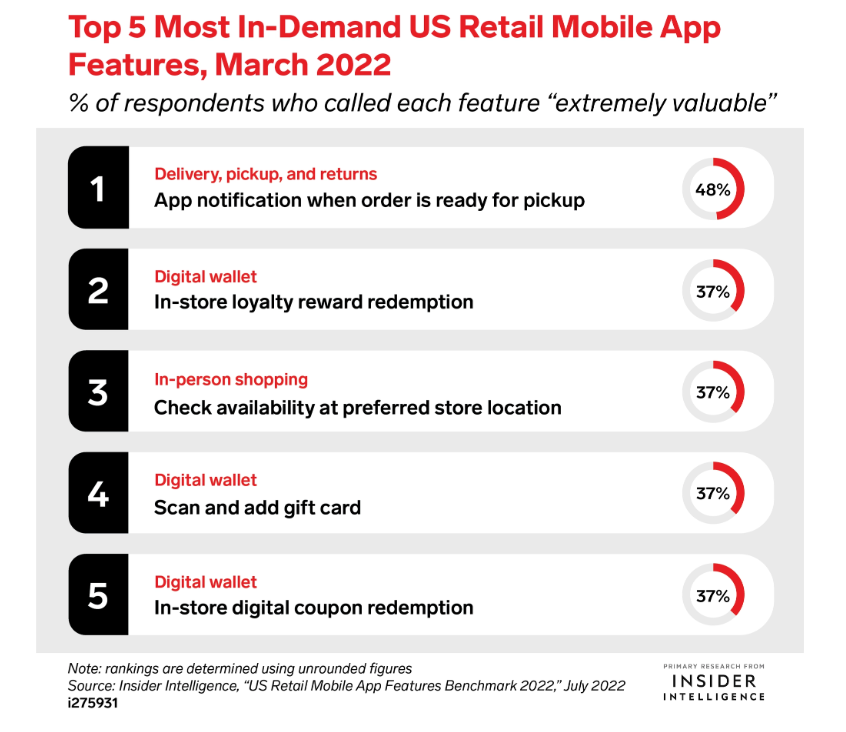How to Avoid 4 Common Issues in a CRM Strategy
A CRM strategy is similar to a scheme that shows you why and how a company will communicate with clients: for example, in what cases you should send emails, and when you are to use push-up notifications.
I’d like to share my experience in developing such strategies and tell you how to approach the top 4 issues in CRM strategies.
Issue 1: you can’t figure out accurate forecasting metrics from scratch
It’s a common story: a client wants to get an accurate forecast for all the marketing channels before you start working. At the same time, they’ve never implemented a CRM strategy before, so you don’t have a leg to stand on.
I can understand such clients, you know: people want to see how exactly email marketing or SMS would achieve their goals. Still, a marketer can’t create a detailed forecast for a client with no marketing history.
Solution
Base your forecast on external data: for example, your own experience in the client’s industry, open metrics and benchmarks of other agencies, etc. All this information will help you get average metrics that will be your ‘pillars of support’.
For example, if you need to prove to your client that they need to implement a particular feature in their app, you can refer to the data from reliable resources that have researched the topic.

Still, you need to warn your client that such a forecast would be approximate.
Issue 2: getting ‘too creative’ at the initial stage
When you start working on a CRM strategy, the client is eager to launch all their ideas. But if you don’t set limits to imagination, you risk overwhelming subscribers with too much information. In such cases, a mess is inevitable, so you have to make sure to send different types of communications on different days to avoid sending too many emails, notifications, and SMS on a single day.
Solution
First of all, we should develop a system of priorities and mutual exclusions: for example, send triggered emails only to those users who have never received any campaigns from the client.
There are two things that could help solve the problem here:
1. Look at the project from a distance and try to criticize it. Discuss business priorities together with the client and the sales team.
2. Work out the budget limitations. The cost may vary depending on a communication channel, a provider’s pricing plan, etc. That’s why we should identify the priorities to achieve the best results with the optimized budget.
Issue 3: technical processes are poorly structured
One of the hardest issues occurs when a client is just not ready for a fully-featured implementation of a CRM strategy.
This often happens when a company doesn’t have an in-house marketer. They have just the CEO or their assistant who doesn’t have any time to immerse the marketers into the business and tasks. Because of this fact, we can’t discuss our next steps, so the processes slow down. It gets especially tricky when a person in charge agrees with some ideas in a hurry, but later they turn out to be useless.
The same issue often happens with tech specialists as well. For example, we need to integrate an email campaign into the client’s CRM software, but all their in-house tech specialists are busy, which leads you to slowing down the integration and missing deadlines.
One more common technical problem occurs when a client’s marketing activities are messed up: project managers create content plans in their personal Google Sheets, assign the statuses inaccurately, don’t track the sales funnel, or never optimize the resources spent on email marketing. As a result, we have to spend too much time figuring out how to deal with the initial data.
Solution
If the client doesn’t have an in-house marketer, you’ll need to spend more resources on the immersion into the project. Here, many things depend on the client: they should provide you with such working conditions that it would work like they have an in-house marketer. The client is supposed to tell you about the business nuances, let you meet with their sales team, identify the main issues and pains, spend some time talking to you, monitor the project’s status, and give you access to all the necessary data.
As for the issue with the busy tech specialists, it can be solved in two ways. The first way is to offer the client your help (if you are qualified for the job): even if you take just a part of the job, it will help the project. The second way is to consider the tech specialists’ workload when you’re planning the tasks: this way, you won’t depend on impossible deadlines.
If you have to deal with messed-up marketing activities, all you can do is optimize the business processes as hard as you can: for example, implement a CRM system, create a system of customizable email templates, automate data management, and motivate the client to switch to cloud data storage.
Issue 4: absent or insufficient data
Quite often, a client might not give you enough information. Here’s a case from my experience: one client requested us to develop new communication channels and increase revenue via them, but they refused to give us access to their analytics.
The problem is that this data is critical: if you don’t have the statistics, you can’t track each channel and its metrics as well as fix and improve the processes: for example, launch A/B tests, create more effective content and CTA, etc.
Solution
You should connect with the client and explain the purpose of giving you access to this or that data. Articulate the access restrictions, write down the list of people who get access to the data, and create an NDA explaining all the details of working with confidential and other sensitive information.
The most important tip
Try to be on an equal footing with your client. If you see the obstacles, talk to each other, use new tools, and explain the purpose of each action.
Be a professional: remember the purposes and business tasks to make your strategy work as planned.
 Photo by Alejandro Piñero Amerio on Unsplash
Photo by Alejandro Piñero Amerio on Unsplash

 How to resolve AdBlock issue?
How to resolve AdBlock issue? 
 Ivan Ilin,
Ivan Ilin,